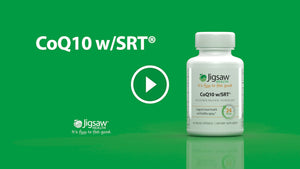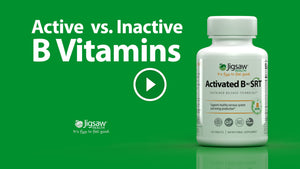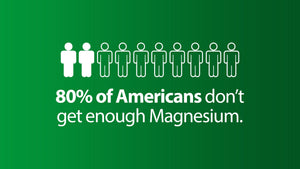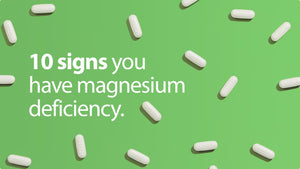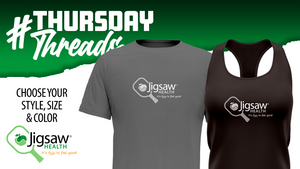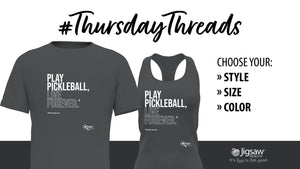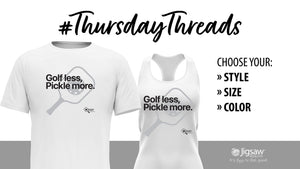Every now and then, we're reminded of our un-fitness when a story breaks the news. Unfortunately, the information comes in small pieces that, when taken separately, aren't terribly alarming. But these facts from the American Heart Association regarding physical activity and health should alarm us all:
1
- Lack of physical activity is a risk factor for heart health.
- About 250,000 deaths per year in the United States -- about 12 percent of total deaths -- are due to a lack of regular physical activity.
- The relative risk of coronary heart issued associated with physical inactivity ranges from 1.5 to 2.4, a risk comparable to that for high cholesterol, high blood pressure, and cigarette smoking.
- Surveys show that 28 percent of Americans 18 and older aren't active at all. Forty-four percent of adults get some exercise, but they don't do it regularly or intensely enough to protect their hearts. Only 27 percent of American adults get enough exercise to achieve cardiovascular fitness.
- Of people 55 and older, 38 percent report sedentary lifestyles.
- Daily enrollment in high school physical education (PE) classes has declined from 42 percent in 1991 to 29 percent in 1999 -- even though 56 percent were enrolled in 1999.
- More vigorous aerobic activities, such as brisk walking, running, swimming, bicycling, roller skating, and jumping rope are best for improving the fitness of the heart and lungs.
Clearly, as a nation, we're not doing much to protect our hearts. But what does it mean to be fit anyway?
Measuring Fitness
When we think of someone being fit, we think of a thin and healthy person with pronounced muscular definition. Unfortunately, that image is merely an ideal. In reality, being fit (or having aerobic fitness) refers to how efficiently your heart, lungs, blood vessels, and red blood cells transport oxygen to your muscles and how your muscles use that oxygen.
But getting these precise measures requires riding a stationary bike or running on a treadmill in a laboratory setting while breathing through a maska complicated and expensive procedure usually limited to research on high performance athletes.
An easier way to measure cardiovascular fitness is to measure metabolic equivalents or METs. One MET equals your resting metabolic rate or the rate at which you burn calories while at rest. Depending on your age, three to six METs is considered moderate exercise. Researchers have found that those who exercise moderately have a reduced risk of heart attack.
2
By comparison, average healthy middle-aged men and women have METs in the 8-10 range while marathon runners have values as high as 18-24 METs.
3 You can use the following formulas to determine your target MET level:
Women
14.7 (0.13 x your age in years)
Men
14.7 (0.11 x your age in years)
Many health clubs offer treadmills, elliptical trainers, rowing machines, and recumbent bikes with built-in MET calculators. Simply ask a trainer how to automatically display your MET level on each machine.
Hitting or exceeding your target MET indicates excellent cardiovascular fitness. Falling below your target means diminished heart health. An eight-year study reported in the New England Journal of Medicine indicated that women whose exercise capacity was less than 85% of their target MET were twice as likely to have died at the end of the study as compared to those who achieved 85% or better.
3
Clearly, being aerobically fit matters to your cardiovascular health.
Tips for Heart-Healthy Fitness
Knowing how to measure your aerobic fitness is great, but knowing how much and how long to exercise is even more important. While the American Heart Association recommends 30 minutes of some physical activity a day,
1 studies now show thats just not enough for a healthy heart. And the Institute of Medicine just raised the bar to one hour a day of moderately intense activity such as brisk walking.4
If that makes you groan, rest assured that no one really knows what's best for your heart but you and your healthcare professional. And it all depends on how fit you are, what and how much you eat, your weight, age, and what your fitness goals are. Here are some quick get fit tips:
- If you dont want to lose weight, 30 minutes of moderately intense exercise like walking, biking, swimming, even vigorous yard worknearly every day will help you get fit. For weight loss, increase the time and intensity of your workout to 60 minutes and break a sweat.
- If you have trouble committing to 30 minutes or an hour, break up your routine into several 10- or 15-minute chunks of time.
- The cheapest and best no excuse exercise is walking. It can be done just about anytime and anywhere with just a good pair of shoes.
- Look at your fitness routine as a time to relax and release the days stresses. If you look at it as painful, it will be!
- As you get used to your cardiovascular routine, add some strength training with free weights or weight machines. For women especially, strength training increases bone health as you age. Strength training also reduces your waist-to-hip ratio, a measure of cardiovascular health.
- Avoid low-carb diets particularly if you're exercising regularly. Instead, choose complex carbohydrates with a low glycemic index (so you wont spike your blood sugar), and add some protein. Eating healthy snacks, like a handful of your favorite nuts and seeds5, also gives you the energy you need to work out.
- If you experience fatigue or soreness following a workout, try an L-carnitine blend. These amino acids help boost energy and endurance while working out.
You'll not only look better, you'll feel better in so many ways. So get up and get going!
Cited Sources:
1) Physical Activity and Cardiovascular Health Fact Sheet, American Heart Association
http://www.americanheart.org/presenter.jhtml?iden...
Accessed Feb. 2006
2) Ask the Experts, Berkeley Wellness Letter, January 2004.
3) Lewine H, MD. Focus on fitness: How do you know if youre fit? Harvard Health Publications, 1/20/2006.
4) How much exercise is enough? Berkeley Wellness Letter, September 2003.
5) Rajaram S, Burke K, Connell B, et al. A monounsaturated fatty acid-rich pecan-enriched diet favorably alters the serum lipid profile of healthy men and women. Journal of Nutrition, 131:2275-2279, 2001.








